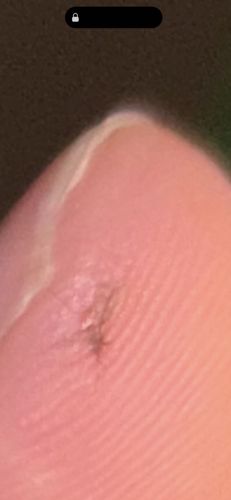Black Fly
Scientific Name: Simulium (various species)
Order & Family: Diptera (True Flies), Simuliidae (Black Flies)
Size: 2-5 mm

Natural Habitat
Larvae and pupae live in fast-flowing, oxygen-rich freshwater streams and rivers. Adults are found near these water sources, often in wooded areas or open fields.
Diet & Feeding
Adult female black flies feed on blood from mammals and birds, including humans, to acquire protein for egg development. Males and sometimes females feed on nectar and plant sap.
Behavior Patterns
Black flies are active during the day, particularly during morning and late afternoon hours. They are attracted to carbon dioxide, body heat, and certain odors. They typically bite in swarms, often around the head and exposed skin, and their bites can be painful, causing swelling and itching. They undergo complete metamorphosis with egg, larval, pupal, and adult stages. Larvae attach to submerged rocks and vegetation in flowing water, filtering food particles.
Risks & Benefits
Risks: Black fly bites can cause itching, swelling, and allergic reactions (known as 'black fly fever' or 'gout'). In some parts of the world (e.g., Africa, Central and South America), certain species transmit the parasitic nematode Onchocerca volvulus, which causes onchocerciasis (river blindness) in humans. Benefits: Black fly larvae are important components of aquatic food webs, serving as food for fish and other aquatic invertebrates. Adult flies can also act as pollinators for some plants.
Identified on: 9/24/2025